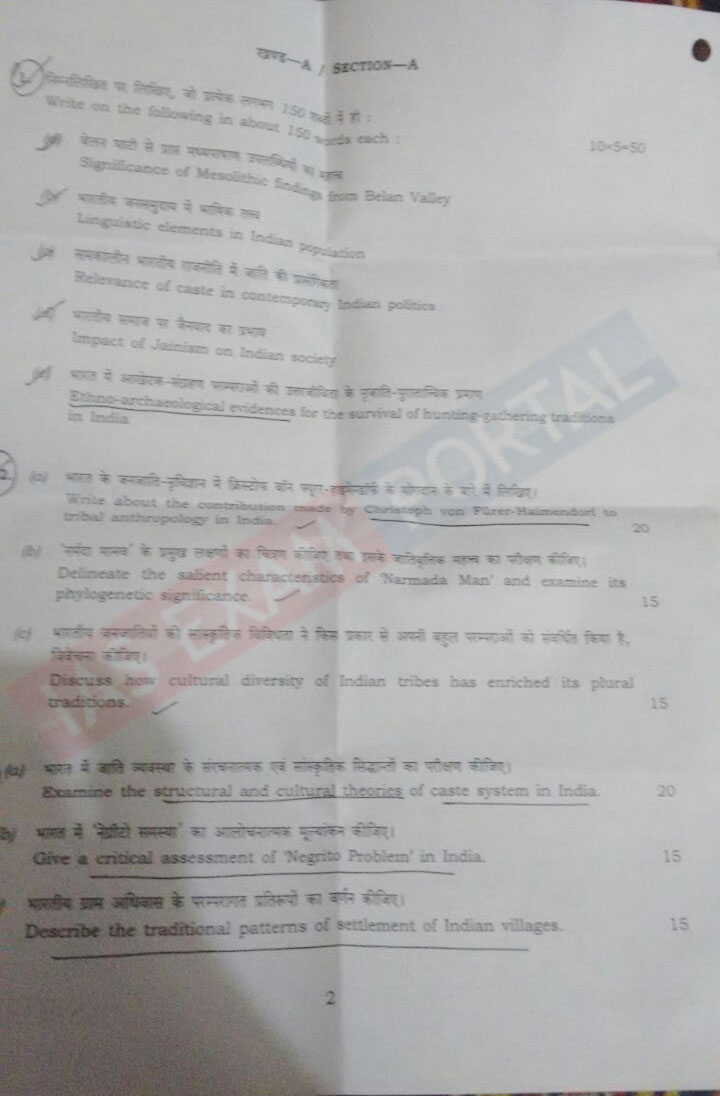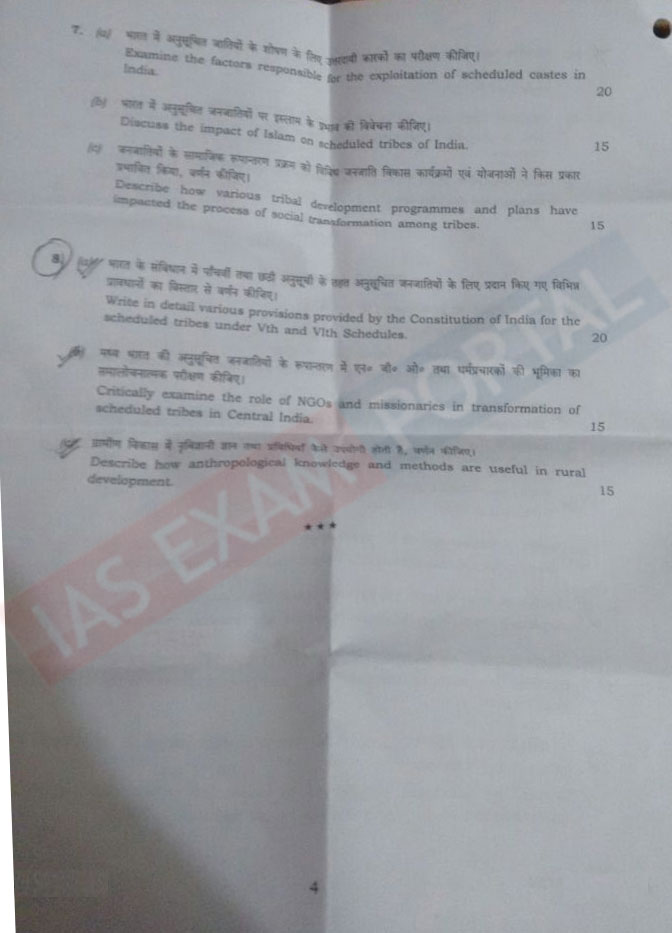(HOT) UPSC Current Affairs 2025 PDF
NEW! The Gist (NOV-2025) | E-BOOKS
(Download) UPSC IAS Mains Optional Anthropology (Paper -1 & Paper -2) Exam Paper - 2016
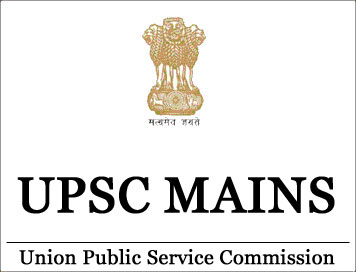
(Download) UPSC IAS Mains Optional Anthropology (Paper -1 & Paper -2) Exam Paper - 2016
- Exam Name: UPSC IAS Mains
- Year: 2016
- Exam Date: 9-12-2016
Anthropology Paper 1
SECTION A
1. Write notes on the following in about 150 words each: 10x5=50 marks
(a) Differences between Social Anthropology and Sociology. 10 marks
(b) Cultural Relativism 10 marks
(c) Lineage and Clan 10 marks
(d) Totemism 10 marks
(e) Functionalism 10 marks
2 (a) Delineate the salient features of Chalcoloithic cultures. 15 marks
(b) Discuss the impact of urbanization and feminist movements on family in India. 20 marks
(c) According to Geertz, how does the cock-fight reveal aspects of Balinese culture? 15 marks
3 (a) Describes the cardinal points of descent and alliance theories. 20 marks
(b) Discuss different social control mechanisms in simple societies. 15 marks
(c) Critically examine different Anthropological approaches to Religion. 15 marks
4 (a) Discuss the principles governing production, distribution and exchange in simple societies. 20 marks
(b) How do the concepts of binary opposites and exchange figure in Levi-Strauss’ structural analysis of kinship? 15 marks
(c) Describe the evolution of Fieldwork tradition in Anthropology. 15 marks
SECTION B
5. Write notes on the following in about 150 words each: 10x5=50 marks
(a) Rh-Blood Group 10marks
(b) Rhodesian Man 10 marks
(c) Neolithic Cultures of India 10 marks
(d) Fertility and Fecundity. 10 marks
(e) Forensic Anthropology. 10 marks
6 (a) Elucidate the biological and cultural factors in Human evolution. 15 marks
(b) Explain the role of heredity and environment in the formation of races. 15 marks
(c) Discuss different factors affecting growth and development in human beings. 20 marks
7 (a) Critically discuss the Mendelian principles and their application to human populations. 15 marks
(b)Explain the significance of screening and counseling for genetic disorders. 15 marks
(c) Describe the scope of Epidemiological Anthropology in the study of infectious and non-infectious diseases. 20 marks
8 (a) Describe the role of Anthropology in designing defence and other equipment. 15 marks
(b) Discuss the genetic and non-genetic factors in the bio-cultural adaptations of human beings to different environments. 20 marks
(c) Explain the skeletal changes due to erect posture and their implications. 15 marks
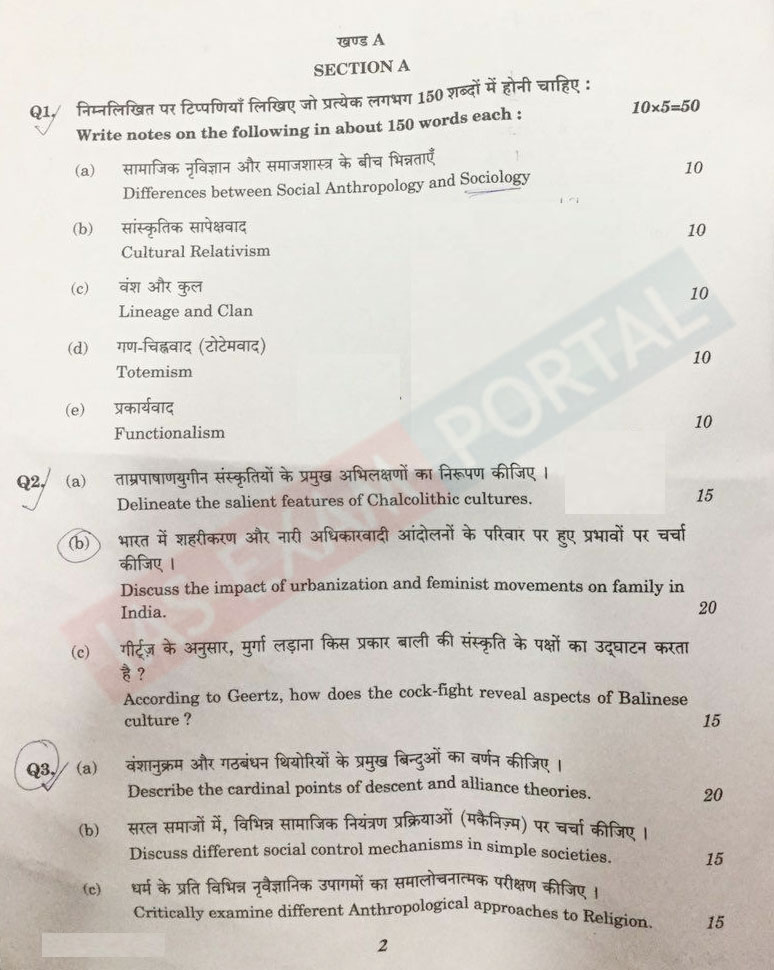
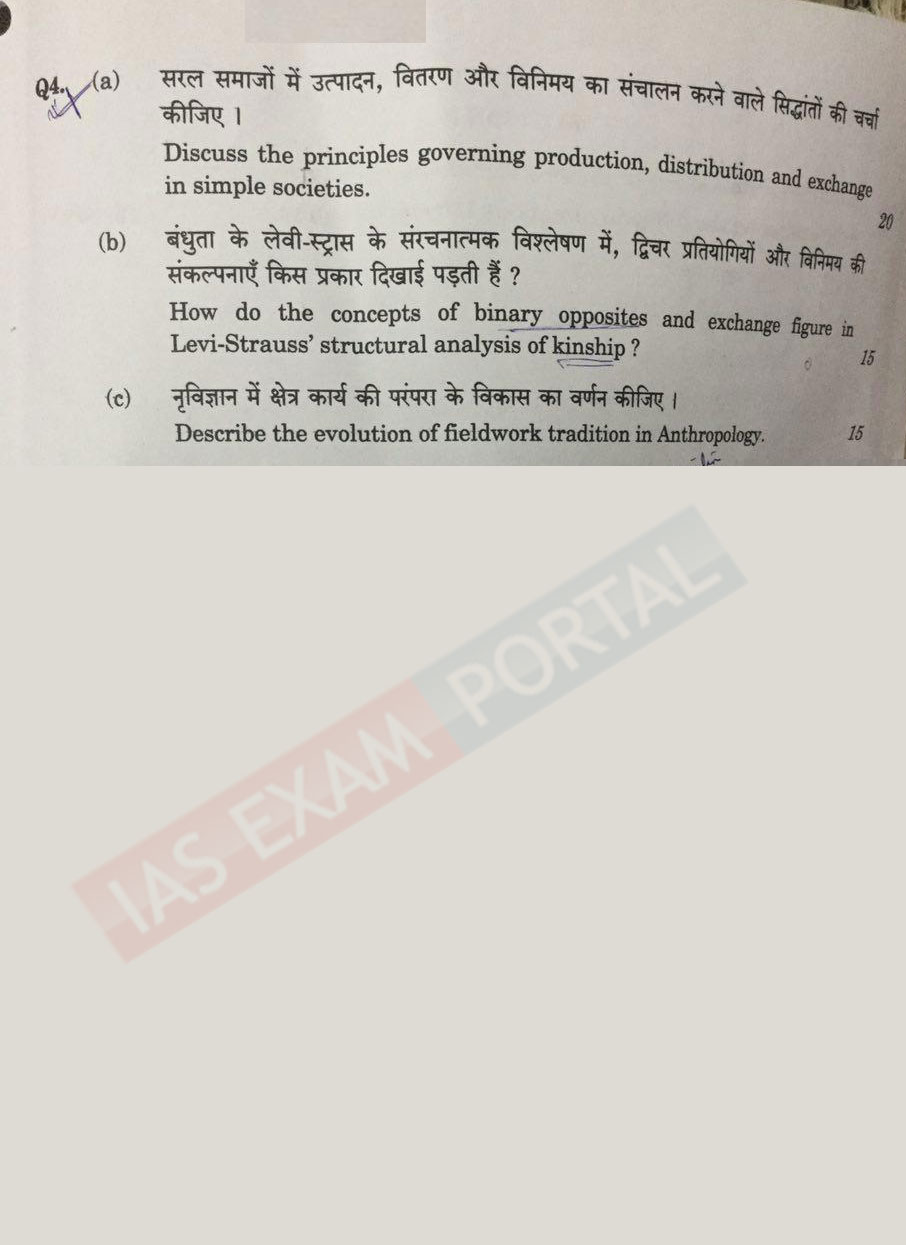


DOWNLOAD 10 YEARS UPSC MAINS ANTHROPOLOGY OPTIONAL PAPERS PDF
DOWNLOAD UPSC MAINS G.S. (1-4) SOLVED PAPERS PDF
DOWNLOAD UPSC MAINS G.S. 10 Year PAPERS PDF
DOWNLOAD UPSC IAS EXAMS E-BOOKS PDF
UPSC Mains General Studies Study Kit
Anthropology Paper -2
SECTION-A
1. Write on the following in about 150 words each : 10x5=50 marks
(a) Significance of Mesolithic findings from Belan Valley
(b) Linguistic clements in Indian population
(c) Relevance of caste in contemporary Indian politics
(d) Impact of Jainism on Indian society
(e) Ethno-archaeological evidences for the survival of hunting-gathering traditions in India
2.(a) Write about the contribution made by Christoph von Fürer-Haimendors to tribal anthropology in India. 20 marks
(b) Delineate the salient characteristics of 'Narmada Man' and examine its phylogenetic significance. 15 marks
(c) Discuss how cultural diversity of Indian tribes has enriched its plural traditions. 15 marks
3.(a) Examine the structural and cultural theories of caste system in India. 20 marks
(b) Give a critical assessinent of 'Negrito Problemn' in India. 15 marks
(c) Describe the traditional patterns of settlement of Indian villages. 15 marks
4.(a) Give a detailed appraisal of skeletal remains from Chalcolithic culture of undivided Punjab. 20 marks
(b) How is process of tribe-caste continuum different from Sanskritization? Comment. 15 marks
(c) Compare the contribution of L. P. Vidyarthi and D. N. Majumdar to the study of Indian tribes. 15 marks
SECTION-B
5. Write on the following in about 150 words each : 10x5=50 marks
(a) The role that regionalism plays in demand for autonomy among Indian tribes
(b) Bio-genetic variability of Indian tribes
(c) Impact of industrialization on scheduled tribe population of Jharkhand
(d) Tribe as a colonial construct
(e) Anthropological interpretation of ethnic and political movements
6.(a) Explain Indian village as a social system with suitable examples. 20 marks
(b) Examinc the nature of interplay of little and great traditions in the context of globalization. 15 marks
(c) Explain the difficulties experienced by scheduled tribes with regard to implementation of the 'Recognition of Forcat Rights Act, 2006'. 15 marks
7.(a) Examine the factors responsible for the exploitation of scheduled castes in India. 20 marks
(b) Discuss the impact of Islam on scheduled tribes of India. 15 marks
(c) Describc how various tribal development programmes and plans have impacted the process of social transformation among tribes. 15 marks
8.(a) Write in detail various provisions provided by the Constitution of India for the scheduled tribes under Vth and Vith Schedules. 20 marks
(b) Critically examine the role of NGOs and missionaries in transformation of scheduled tribes in Central India. 15 marks
(c) Describe how anthropological knowledge and methods are useful in rural development. 15 marks
